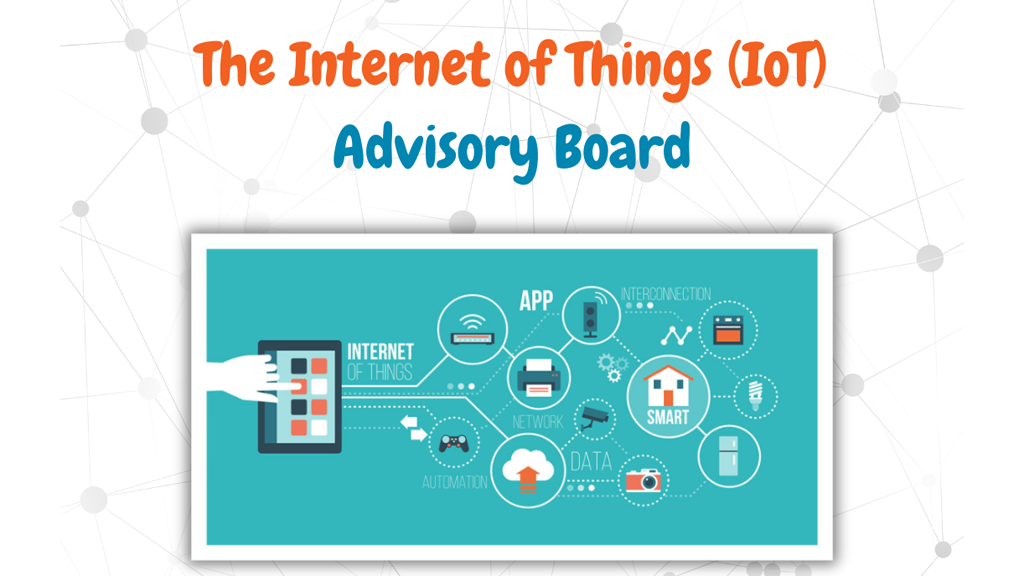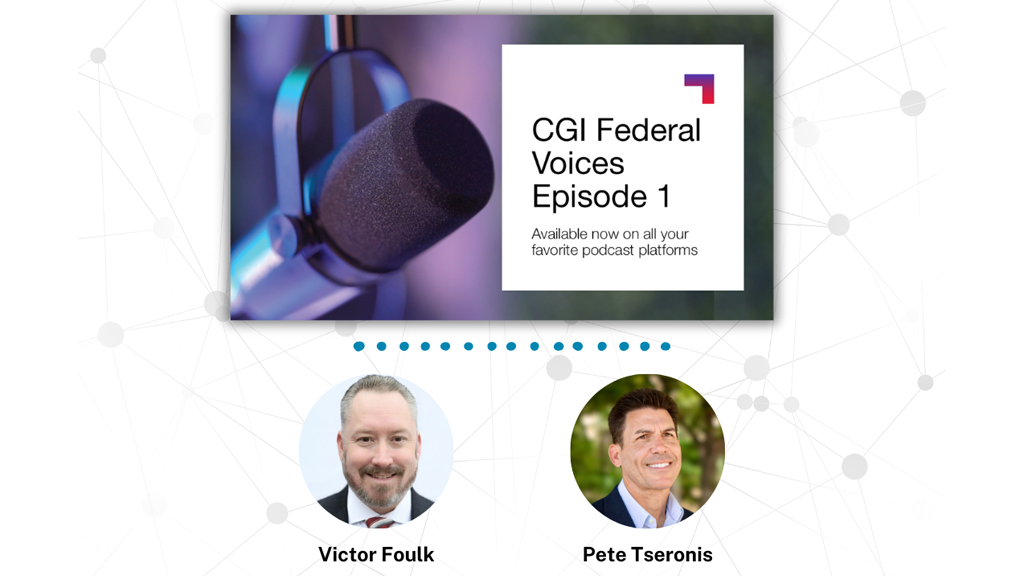Pete discusses how subscription-based licensing models can enable opportunities for businesses to modernize technology investment strategies.
The tech landscape is undergoing a process evolution that is already being felt at many federal agencies. As such, it concerns the manner in which technology is acquired by enterprise customers, specifically, the shift toward subscription licensing models.
THE IMPACT OF CLOUD AND OPEN SOURCE
This trend, especially driven by the need for greater pricing predictability, transparency, and flexibility, is certain to impact how federal managers plan for, finance, acquire and consume technology. For example, Gartner predicts that by 2020 more than 80 percent of software vendors will migrate from traditional license and maintenance to subscription pricing.
The growth of cloud-based services, open-source applications, and self-service IT tools has conditioned both IT providers and enterprise consumers to realize value in applying subscription pricing models to a wider spectrum of IT services and capabilities. Furthermore, Federal policy-makers have highlighted this trend in the June 2016, the Office of Management and Budget publication, “Category Management Policy 16-1: Improving the Acquisition and Management of Common Information Technology: Software Licensing,” directing agencies to begin reporting on their subscription-based software licensing.
THE VALUE PROPOSITION
Subscription pricing should help agencies address many of the IT challenges they confront. For instance:
Budget pressures and uncertainty
- expenses and costs are more transparent, predictable, and stable.
- agencies have a crystallized picture of IT consumption and costs.
- policies can drive efficiencies and create transparent charge-back mechanisms.
Tech refresh funding
- gaps between development, modernization and enhancement (DME) dollars and operations and maintenance (O&M) funds.
- agencies can deploy new capabilities with minimal initial cost and predict IT spending forecasts.
- IT service outlays are aligned to operations and maintenance budgets, which are relatively more stable than DME investment.
Seasonality of Government
- agencies can align IT spend to actual usage based on periodic or unexpected fluctuations in workload, i.e. “pay by the drink.”
- extensibility affords simpler license management, whether scaling up or down.
- compatibility with real-time feature enhancements.
Cyber risk mitigation
- maintain end-of-life or end-of-support (EOS/EOL) asset profiles.
- avoidance of potentially disruptive (and expensive) tech refresh implementations.
- continuous insights within the threat landscape.
THE STAKEHOLDER BENEFIT
Subscription-based software licensing are gaining traction. Consequently, its positive impact should be felt within budget, finance, procurement and program spheres. Re-imagining IT as a consumption-based utility, as opposed to a large capital investment, can enable transparency of costs. Therefore, assisting agencies to more effectively and efficiently address today’s budget and technology uncertainties is a value-add.






